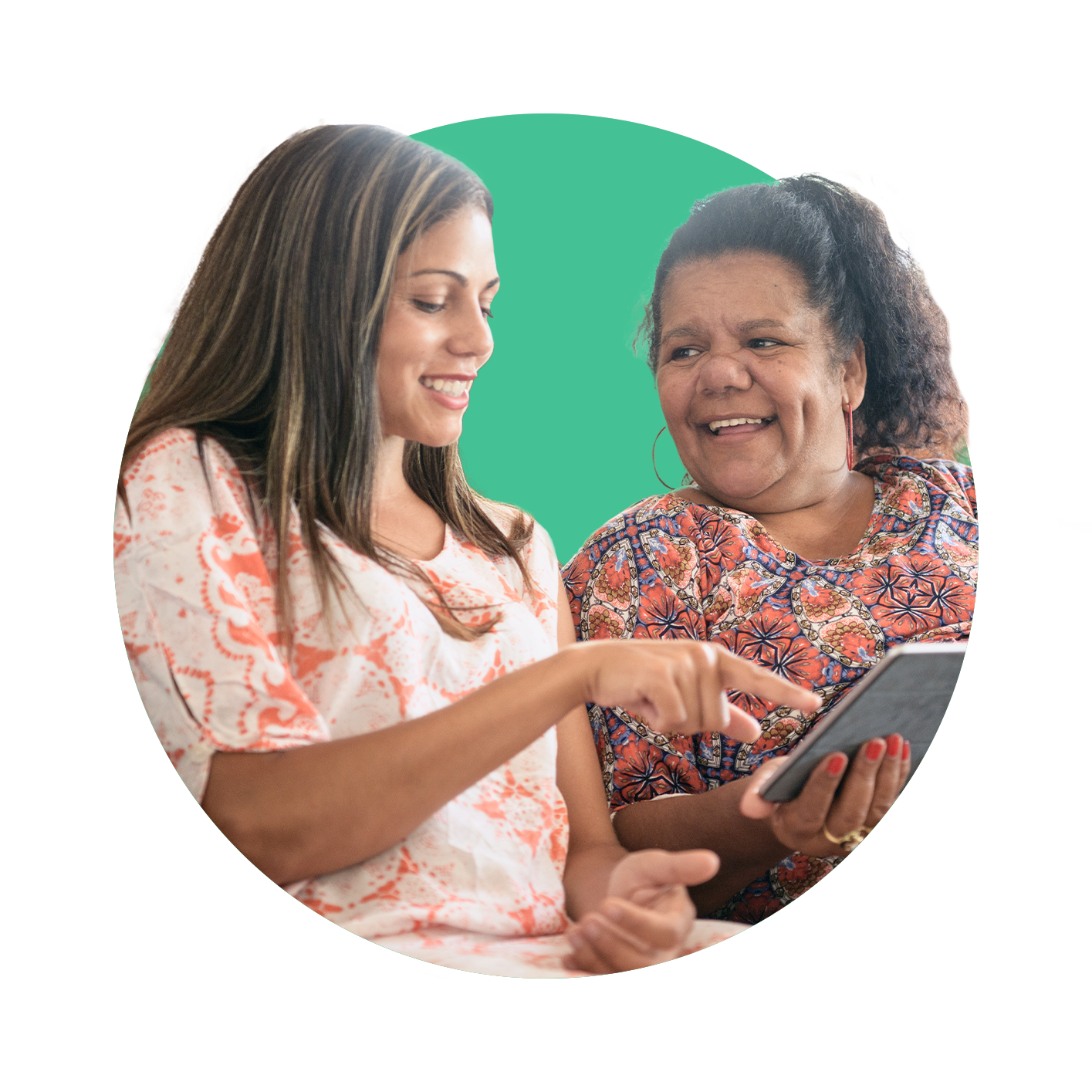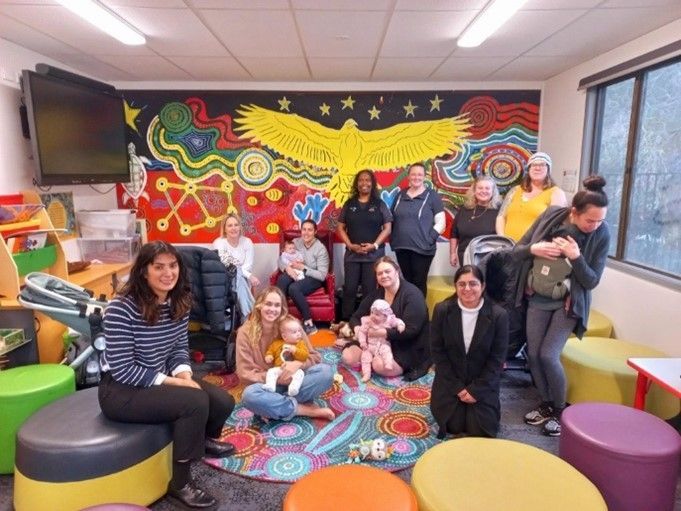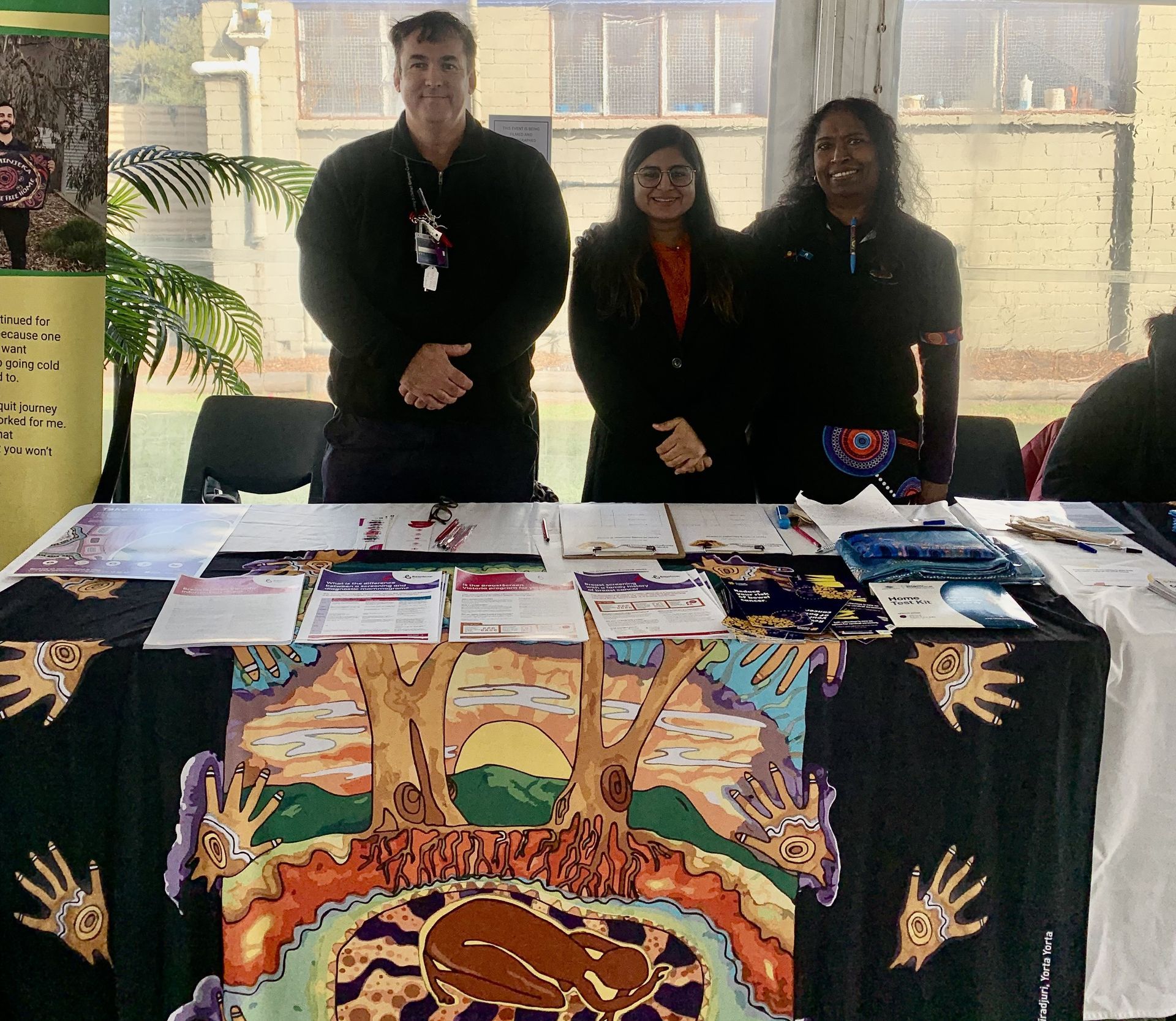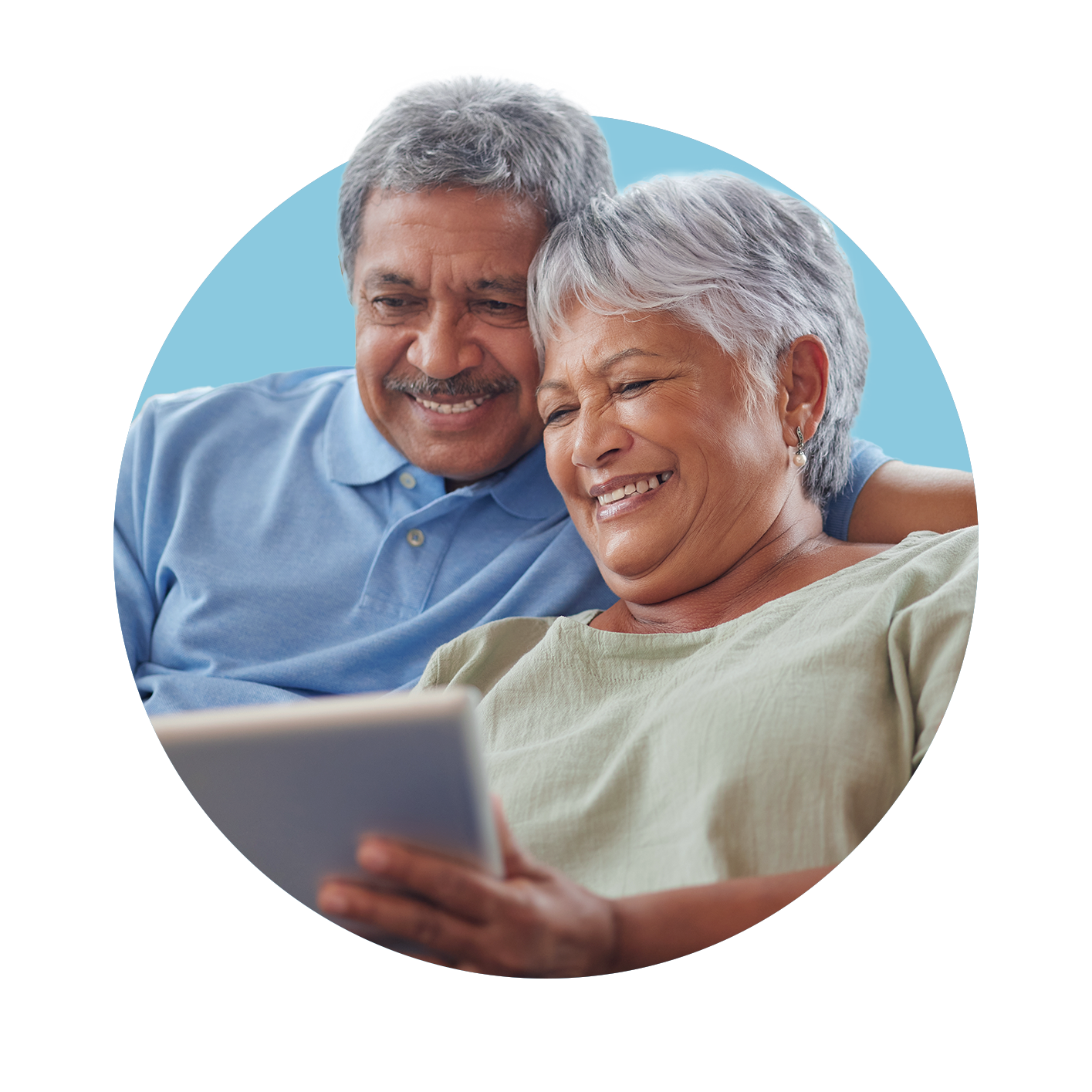Working together to increase cancer screening rates for First Nations peoples
A co-designed outreach program is supporting more Aboriginal and Torres Strait Islander people to attend cancer screening.
Related Tags

Our annual Health Needs Assessment found that First Nations people have the lowest cancer screening participation rates across all three national cancer screening programs (breast, cervical and bowel) in south east Melbourne.
To better understand the barriers to screening and support more First Nations people in accessing these lifesaving programs, SEMPHN commissioned Dandenong & District Aborigines Co-operative (DDACL) and Better Health Network (previously Star Health) to design and deliver a specialised outreach program. Both organisations had established strong relationships through their delivery of the Integrated Team Care (ITC) program for Aboriginal and Torres Strait Islander people who experience difficulties managing chronic diseases.
A co-design approach was encouraged, enabling DDACL and Better Health Network to collaborate with First Nations people to shape the program and its activities in a way they believed would resonate with the community and achieve results. Informal meetings in the early stages of design revealed that many Aboriginal and Torres Strait Islander people were unaware of the free screening programs, found it difficult getting to screening facilities, feared disclosing a potential cancer diagnosis due to stigma, and were concerned about cultural safety and the gender of technicians for breast screens.
Jyoti, Program Coordinator at DDACL, said that creating a safe space to learn about and access healthcare was key to increasing screening rates.
“Many Aboriginal and Torres Strait Islander people hear about health concerns and care through their community and may not be comfortable attending medical centres alone. We recognised value in holding community events and gatherings that allowed people to yarn and share stories about preventative cancer screening services.”
-
Jyoti, Program Coordinator at DDCAL
Improving cancer screening rates
Since launching in February 2023, the First Nations Cancer Screening Program has hosted 3 events and attended 10 community gatherings. This has resulted in:
- 480 community members provided with information about cancer screening
- 157 people supported to participate in cancer screening
The program extends beyond education to providing practical support for people, including transport to/from appointments, making appointments, providing bowel screening kits and following up on the bowel screening process.


A participant at the Baymob Expo event shared that having the opportunity to attend a local event where you could learn, talk and eat kept her engaged.
"While at the BayMob Expo, I met the FNCS team, and after discussing their program, I found them to be approachable and informative about breast cancer screening. They offered free transportation for appointments, which encouraged me to provide my information and schedule an appointment with them right away. I greatly appreciated the support and assistance from the team."
The First Nations Cancer Screening Program has created a culturally safe and trusted service by ensuring Indigenous organisations are empowered to use methods that they know to be effective in their community. As a result, more Aboriginal and Torres Strait Islander people are participating in life-saving screening.
It is hoped that SEMPHN’s next
Health Needs Assessment will find that programs like these have shifted the dial and improved cancer screening participation rates across all three national cancer screening programs.
Up next:
The power of co-design: Dari podcast supports the mental wellbeing of Afghans
The podcast explores the challenges people face at various stages in their lives, provides practical evidence-based advice and highlights the many supports available in the community.




